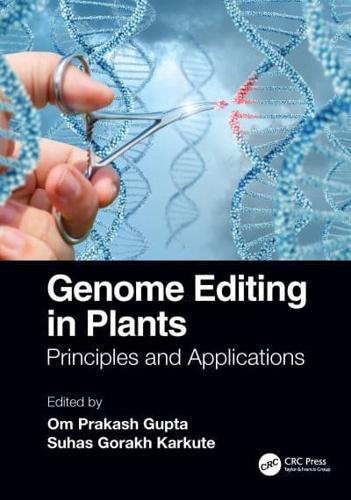Publisher's Synopsis
Genome Editing in Plants: Principles and Applications addresses the information of genome editing starting from principles and historical aspects to the latest advancements in the field. As genome-editing technology has emerged as promising and cutting edge, researchers around the world have started producing original research outputs, which have significantly improved our current understanding and potential of this technology. The initial chapters of this book describe different genome-editing tools as well as their principles and applications. Other chapters are dedicated to the present status and future applications of genome-editing techniques in various crop improvement programmes. Some of the advanced applications of CRISPR/Cas tools, such as base editing and RNA detection, along with regulatory aspects of genome-edited crops are described in detail.
This book serves as a valuable resource to researchers in the field of crop improvement; graduate and postgraduate students engaged in plant molecular biology and biotechnology; academicians; and policy makers.
Key Features:
- Addresses topics associated with historical development and principles of genome-editing technology
- Addresses basic mechanisms operating under each genome-editing technology
- Addresses its application in plants to design crops as per the current and future demands
- Addresses the regulatory mechanisms of genome-edited crops










